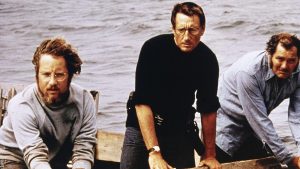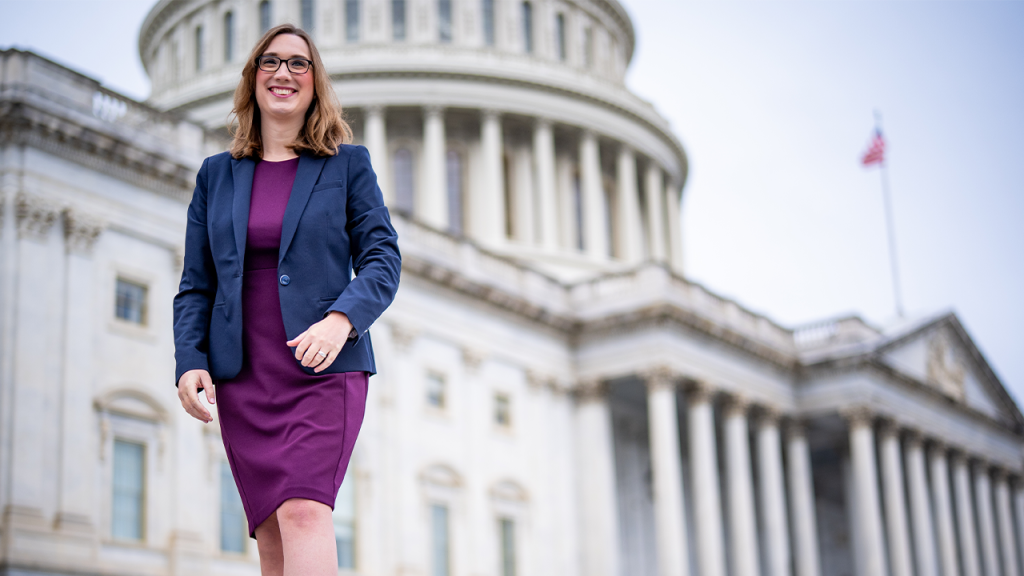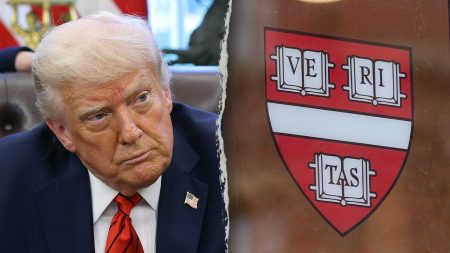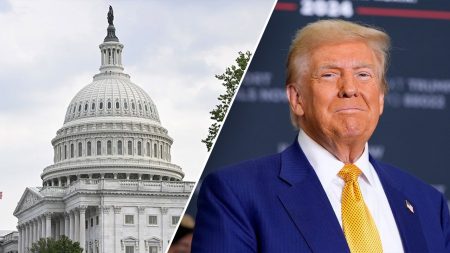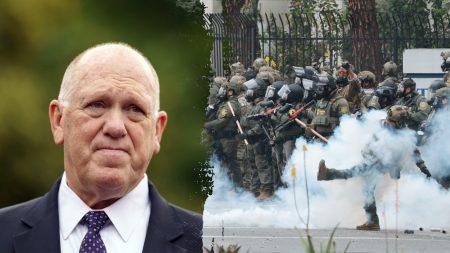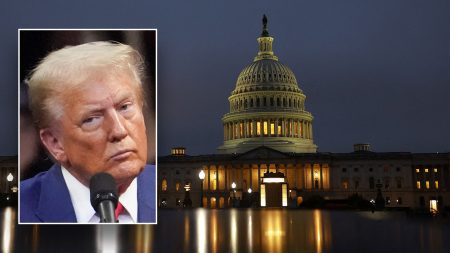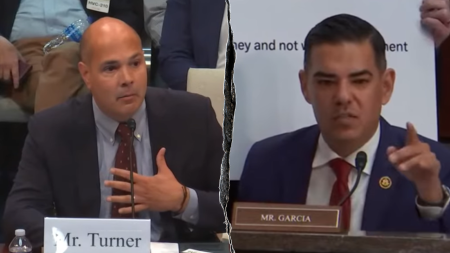The period between the November elections and the commencement of a new Congress is a whirlwind of activity for Congressional reporters, a biennial scramble to keep pace with the shifting political landscape. This interstitial period is fraught with change, demanding a rapid assimilation of information about the incoming lawmakers, the outgoing leadership, and the legislative battles still raging in the lame-duck session. Reporters juggle covering current events, such as potential government shutdowns and legislative pushes, with the crucial task of familiarizing themselves with the newly elected members, their backgrounds, and their political stances. This period is akin to a crash course in the upcoming political dynamics, demanding an almost encyclopedic knowledge of the individuals who will shape the next two years of American governance.
The challenge lies not only in the sheer volume of incoming information but also in the diverse backgrounds and relative obscurity of many new members. While some, like Andy Kim and Adam Schiff, arrive with established national profiles, others are less well-known, particularly those who ran in less competitive races. Distinguishing between these new faces, mastering correct pronunciations, and understanding their individual political platforms becomes a significant undertaking. The task is especially daunting in the House of Representatives, with its 435 members, a significantly larger body than the Senate. This necessitates a rigorous and systematic approach to learning about each individual, making the most of limited time and resources.
The logistical demands of this period require a strategic approach to information gathering. Memorizing names and faces becomes an integral part of the daily routine, interwoven with even mundane activities like exercise. Repetitive review of photos and biographies, combined with attempts to meet incoming members in person whenever possible, becomes essential for building a foundation of knowledge. Chance encounters, like a meeting with Congressman-elect Nick Begich III at a Capitol Hill establishment, prove invaluable in solidifying this learning process, connecting the two-dimensional image with a tangible individual and their unique story. Such personal interactions, however brief, facilitate a more robust understanding of the incoming class.
Adding to the complexity is the re-entry of former members, like Marlin Stutzman and Cleo Fields, who bring their past legislative experience back into the fold. Their return, along with the arrival of new delegates representing U.S. territories, further expands the scope of information that reporters must absorb. Distinguishing characteristics, such as Del.-elect Kimberlyn King-Hinds’ floral headpiece or Rep. Frederica Wilson’s cowboy hat, can become helpful mnemonic devices in the initial stages of identification. However, true understanding requires more than just recognizing a face; it demands an appreciation of their political history, legislative priorities, and potential influence within the Congressional body.
Mastering the nuances of pronunciations adds another layer to the learning curve. Names like Suhas Subramanyam, Abe Hamadeh, and Julie Fedorchak require careful attention to phonetic detail, a seemingly minor point that can nevertheless impact the credibility of a reporter’s coverage. Quizzing oneself and engaging in practice sessions, as demonstrated by the author’s interaction with a colleague, becomes crucial for solidifying these details. Even momentary lapses, like struggling to recall Rep.-elect Maxine Dexter’s last name, highlight the ongoing nature of this learning process and the importance of continuous review.
Ultimately, however, the true measure of understanding goes beyond rote memorization. A deep familiarity with the members of Congress develops through observation and interaction within the legislative arena. Witnessing their participation in debates, their interactions with colleagues, and their voting records provides a much richer understanding of their individual roles and influence. This immersive, real-world experience complements the initial period of intense study, transforming a collection of names and faces into a nuanced understanding of the individuals who will shape the nation’s policies and future. The ongoing observation of their actions, their legislative priorities, and their interactions within the complex political ecosystem of Capitol Hill forms the true basis for insightful and impactful reporting.

